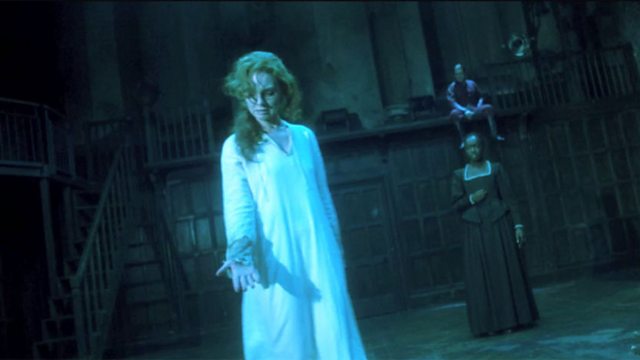


Dunnest is another word for murkiest, so her comment about h**l being murky would line up with her earlier request. This refers back to her plea to the night again, specifically the line 'pall thee in the dunnest smoke of h**l'. The next short line is switching topics again, showing that Lady Macbeth is madly rambling about different recent events. Why then 'tis time to do't.' Here she is referring to the two strikes of the bell, which signalled Macbeth's time to kill the King. The scene occurs towards the end of the play, as things start to move faster and you get the feeling of an approaching climax.read more. I will be looking at the scene in detail, observing the qualities of the writing of it, as well as the clever linking with previous scenes. The doctor is there to try and see what is wrong with her, but ends up witnessing the almost solid confession of both the Macbeths' horrible deeds.

Present during the scene are Lady Macbeth's gentlewoman and a doctor. Many of the references are repetitions of earlier quotes, some are direct contradictions, and a few are vaguely related words or phrases. During the course of the Lady's nightmare, there are many references to previous scenes, mainly ones where she had displayed unwavering confidence and strength of mind. The scene shows the contrast between Lady Macbeth's earlier attitude to murder, and her state at that time, which lead to her suicide. It shows Lady Macbeth's change over the play, and displays Shakespeare's incredible insight into the workings of the human mind. It is a significant scene in the play as it is the last time Lady Macbeth is seen alive. I will look at how Shakespeare made the scene dramatic and creepy. Lady Macbeth's sleepwalking scene How does Shakespeare make this scene dramatic and significant? In this essay I will be examining Lady Macbeth's sleepwalking scene.


 0 kommentar(er)
0 kommentar(er)
